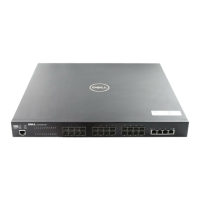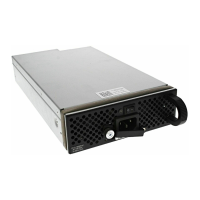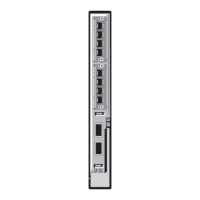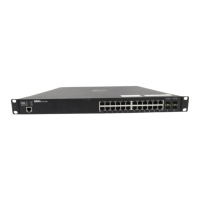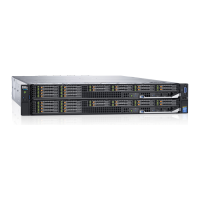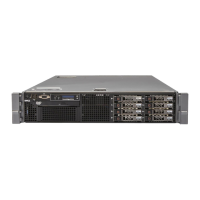Using the Command Line Interface | 25
Almost every configuration command has a “no” form. In general, use the “no” form to reverse the
action of a command or reset a value to the default. For example, the no shutdown command
reverses the shutdown of an interface. Use the command without the keyword no to re-enable a
disabled feature or to enable a feature that is disabled by default.
Common Command Parameters
ipaddr—This parameter is a valid IP address. Presently, the IP address can be entered in these
formats:
• a (32 bits)
•
a.b (8.24 bits)
•
a.b.c (8.8.16 bits)
•
a.b.c.d (8.8.8.8)
In addition to these formats, decimal, hexadecimal, and octal formats are supported through the
following input formats (where n is any valid hexadecimal, octal, or decimal number):
• 0xn (CLI assumes hexadecimal format)
•
0n (CLI assumes octal format with leading zeros)
•
n (CLI assumes decimal format)
macaddr—The MAC address format is six hexadecimal numbers separated by colons, for example
00:06:29:32:81:40.
areaid—Area IDs may be entered in dotted-decimal notation (for example, 0.0.0.1). An area ID of
0.0.0.0 is reserved for the backbone. Area IDs have the same form as IP addresses, but are distinct from
IP addresses. The IP network number of the sub-netted network may be used for the area ID.
routerid—The value of <router id> must be entered in 4-digit dotted-decimal notation (for example,
0.0.0.1). A router ID of 0.0.0.0 is invalid.
unit/slot/port—Valid slot and port number separated by forward slashes. For example, 0/1 represents
slot number 0 and port number 1.
logical unit/slot/port—Logical unit, slot and port number. This is applicable in the case of a
port-channel (LAG). The operator can use the logical unit/slot/port to configure the port-channel.
character strings—Use double quotation marks to identify character strings, for example,
“System Name with Spaces”. An empty string (“”) is not valid.
Addresses
Network addresses are used to define a link to a remote host, workstation or network. Network
addresses are shown using the following syntax:
Table 4-1. Network Address Syntax
Address Type Format Range
ipaddr
192.165.11.110 0.0.0.0 to 255.255.255.255
(decimal)
macaddr
A7:C9:89:DD:A9:B3 hexadecimal digit pairs

